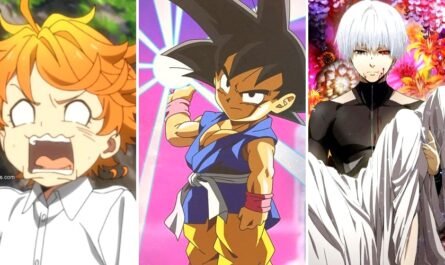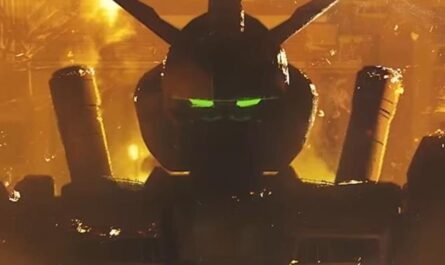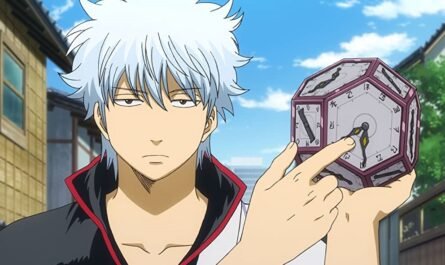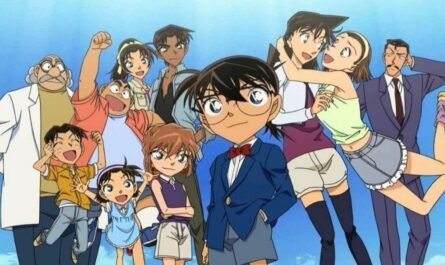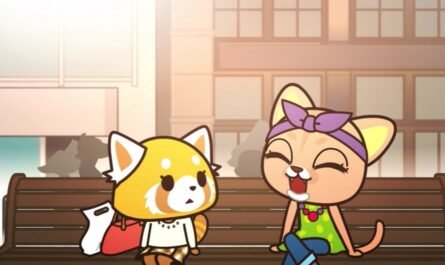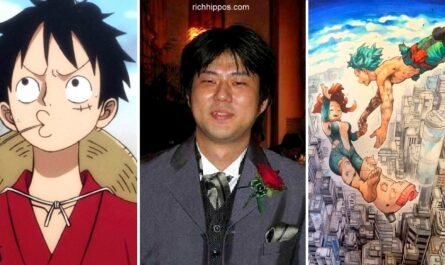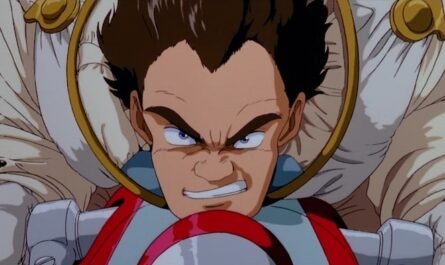Were anime fans still taken lightly at the time?
Japanese TV animation began with Astro Boy in 1963 as a program for young children. However, less than ten years later, in 1972, “Mazinger Z” followed in 1974 by “Space Battleship Yamato.” bottom.
When the children I grew up with reached their teens, I hope that through their fan club activities and doujinshi activities, they can convey that animation programs are not just for young children. Will be Just around that time, in 1975, a super robot anime called “Brave Raideen” (Tohokushinsha) was broadcast that still has a strong fan base. Japan Sunrise (“Soeisha” and “Sunrise Studio” at the time), which would later bring “Mobile Suit Gundam” to the world, actually produced “Brave Raideen,” which was very popular with children at the time and sold record sales of toys. Was recorded.
Also, just like the later “Gundam,” it was a work created by the tag team of director Yoshiyuki Tomino and Mr. Yoshikazu Yasuhiko. It was a work that already had many fans among high teens at the time. It happened when “Rydeen” finished its main broadcast and was rebroadcasting at a different time zone a few months later. “Prince Sherkin,” who was particularly popular in work, is the villain who later leads to “Char” in “Gundam.”
Fight” was not broadcast in the Kanto area for some reason. At that time, recording devices such as VTRs were not yet widespread, let alone online distribution, and viewers could only watch the program when it was broadcast on TV, so they were looking forward to it. Shockingly, the number of episodes will not be published. Fans then called the broadcaster asking why it wasn’t aired (this is an age when there is no SNS or email).
However, the broadcaster’s response to it was astonishing. “Because there was a problem with the content of the program,” “Because the way Sherkin died was not good,” “Because the voice actor who appeared in that number of episodes caused a murder case.” I don’t do it, so it’s all stories I heard from the parties). this is the thing. It’s a big deal if it’s true.
However, it was aired just a few months ago without any problems, and when it aired, it was so popular that it was even rebroadcast. If there was a story that “there was a problem with the content,” the information should come to the production side somehow, but there is no such thing at all, and there is no way I can be satisfied with this reply. Furthermore, the “murder case” is unfounded, and for the voice actor who was the subject of a groundless hoax, it is defamation. Fans were outraged by this response.
It was decided that even signature protest activities would be developed among fans. In addition, the late director Tadao Nagahama, who just took over the director from episode 27, heard about this from a fan and was exceedingly indignant at the number of episodes he directed himself with great effort and supported the signature campaign—rice field.
I was one of the fans who came to Sunrise because I liked Raideen, so I agreed with the signature campaign and entrusted the collected signatures to Director Nagahama. In response, I remember that the director also said he would deliver it to the TV station.
Could it be that someone from a TV station who never thought that “just a children’s manga program” would have fans in their teens or older would have just arbitrarily answered the question? In the end, I still need to understand why episode 27 was skipped (I heard it was broadcast on local stations without any problems). Based on my experience in the animation industry, I can only assume that it was a mistake, and it may have been that TV animation at that time was treated lightly by the TV station. Yeah. 1976 is almost half a century ago.
However, for fans of the past, this signature campaign is a sad memory that reminds us that TV animation, which is now said to represent Japan’s culture, was still in trouble at the time. And the various activities of the fans who went through these experiences eventually played a significant role in improving Japanese anime culture.
However, what time I hope that the TV station side that replied that it should not have been in the background will reflect that it was shameful after all. After that, “Rydeen” was rebroadcast several times, but episode 27 was broadcast as usual and recorded correctly in the video source sold later. [Author profile] Hiroshi Kazama (Yoshie Kawahara) Since 1975, he has been a part-time student at the animation production company Sunrise (currently Bandai Namco Film Works) ‘s “Brave Raideen” (Tohokushinsha) production studio.
After graduating, he worked as a regular staff as a setting assistant on “Invincible Superman Zambot 3” and other projects. He worked on literary setting productions such as “Strongest Robo Daiohja,” “Combat Mecha Xabungle,” “Aura Warrior Dunbine,” and “Giant God Gorg.” Participated in the script under the name Yoshie.
He is involved in the planning and development of “Dragner,” “Mashin Hero Wataru,” and “Yoroi Den Samurai Trooper.” Independent as a writer since 1989. He also works on the company’s novelizations, original novels, screenplays, mook-related articles, and columns.


